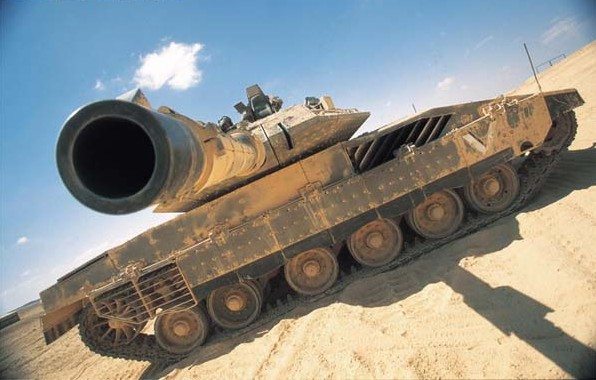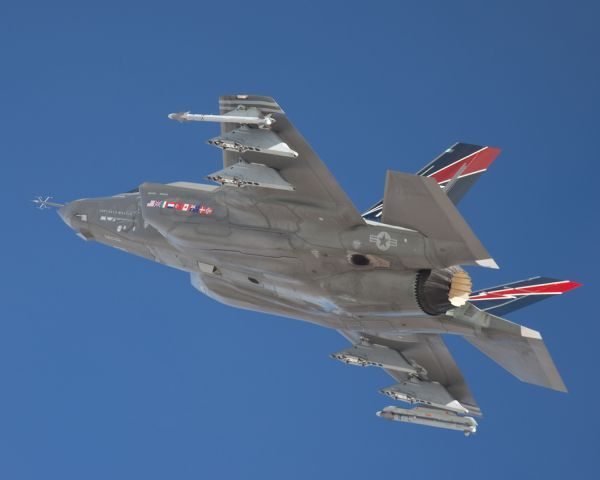The Merkava (English: Chariot) is the main battle tank of the Israel Defense Forces. It is widely considered to be one of the best tanks in the world, and is perfectly suited for the needs of the IDF.
The initial planning for the Merkava began in the 1960s at a time when Israel wanted to become less reliant on foreign factories. The IDF began research and development together with the British army, but due to political reasons the project was soon abandoned.
Years later, drawing on lessons from the 1973 Yom Kippur War, Israel Tal led a development team to begin work on the Merkava project. By 1974 the first designs and prototypes were ready and by the end of 1978 the IDF began to train its forces in the new tank. The design team took into consideration the special Israeli battlefield characteristics and designed the Merkava accordingly.
The Merkava first saw action in the 1982 Lebanon War. After the war, many necessary changes and improvements to the design were noted and implemented with the release of the Merkava MK-II in 1983. The new Merkava MK-II was optimized for urban warfare and low intensity-warfare and included many updates to the armor, the sensors and to the firing-system. The machine guns could now be fired remotely, allowing the crew to remain safely inside the tank. A new Israeli-developed transmission system and increased fuel storage gave the Merkava MK-II greater range and better maneuverability.
The designers of the Merkava envisioned the Merkava platform to be continuously developed based on lessons and feedback from the crews using it, rather than a slow and linear operational testing process; so just a few years after the Merkava MK-II saw the light of day the next upgrade in form of the Merkava MK-III was released.
This 1989 upgrade featured better armor, a modern electronics system and a bigger engine to supply the Merkava MK-III with 1200 horsepower. The heavier engine slightly raised the tanks weight, but increased the maximum cruising speed to 60km/h (~40mph).
The Merkava MK-III went through a series of more dramatic updates such as a redesign of the turret system, allowing it to move independently from the chassis, so it can track targets regardless of the tank’s movement. The armor system was redesigned for rapid repair and replacement in the field, and for easy upgrading as newer materials become available. Many of these improvements were based on lessons learned through combat experience in Lebanon and Gaza, and as a result the IDF decided to gradually switch to an armored force entirely based on Merkavas.
The Merkava MK-III underwent several generations of upgrades adding more and more features to this great tank. Many of the features that were added over time were actually prototypes that would later be used in the latest model of the Merkava family – the Merkava MK-IV.
The Merkava MK-IV, introduced in 2004, is the most modern update to the Merkava platform and includes an upgraded fire control system with the ability to defend against attack helicopters, a digital battlefield management system and an unprecedented suspension and track system that allows it to move in even the harshest terrains that would force any other tank to its knees. All Merkava MK-IVs are equipped with the Trophy missile-defense system, making this incredible tank a nearly indestructible battle platform.
In 2005, the IDF achieved its initial goal to have an armored corps entirely composed of Merkava battle tanks. The Merkava main battle tank proved its outstanding abilities in countless missions and battles and claimed its rightful place among the best tanks of the world.
[ppgallery id=”22″]











